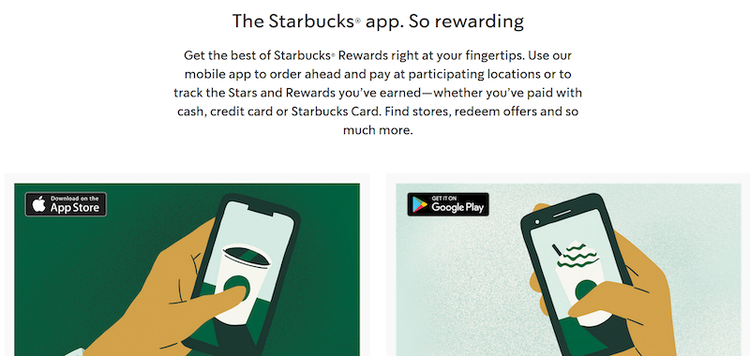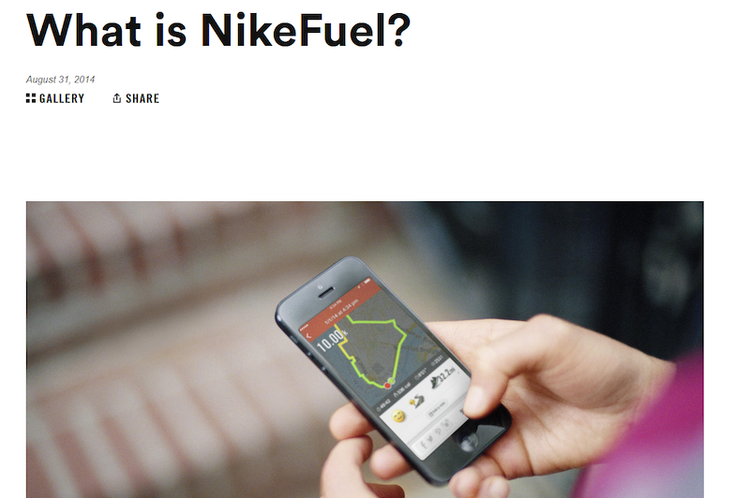Business and games don’t seem like things that mix (unless you’re in the business of creating games, of course). But in recent years, using games to boost both employee productivity and customer engagement has become increasingly popular with businesses trying to find new ways to operate more efficiently and profitably.
It's a recent phenomenon, only gaining traction within the past 10 years. Now it's a big part of the business world, and you should explore it in your own business as well. Companies are hungry for new ideas on becoming more productive and attracting customers, and gamification offers many ways to do that.
Here's what gamification is all about and how to implement it within your own business.
Overview: What is gamification?
Gamification refers to the practice of applying game-like attributes to non-game situations, such as at a workplace or within a project. It is a set of activities and processes that resemble a game and are designed to promote learning, customer engagement, loyalty, productivity, and other ends.
The practice has become popular with companies looking for new ways to improve productivity and customer relations since research indicates that it has a positive effect on people depending on the situation.
4 benefits of gamification for learners and businesses
Gamification benefits can vary depending on the industry and the goals of the company, but these four benefits are the most common with the practice.
1. Enhances user engagement
Gamification improves engagement with the user, whether it’s an employee or a customer. On the customer side, it builds loyalty and engagement with the company, which leads to future sales. On the employee side, it boosts employee satisfaction and retention rate, in addition to increasing productivity. Gamification results in better information retention, while allowing room for practical application.
It’s an interactive process that provides feedback in real time, and it also uses microlearning to break up lengthy training sessions into bite-sized chunks.
2. Introduces competition
Injecting a little friendly competition into the mix can increase productivity. Gamification can motivate people to go the extra mile to perform and achieve optimal results. You should offer rewards and prizes, such as bonuses or time off, in order to increase the incentive to participate and excel.
Remember, when you use gamification, that you must use specific performance metrics so you can identify top performers and encourage that competition.
3. Easily adaptable
Gamification is easily adaptable to the needs of the business, and it can be modified and shaped to reflect customer or employee feedback. Adjust prizes and incentives based on how users are responding. It’s easy to test the results and get immediate feedback, so you can quickly pivot if something isn’t working or expand it if it is working.
4. Improves training and onboarding
Gamification of learning is particularly helpful for training and onboarding employees. A learning management system can drive training and development, increasing the retention of information. Gamified learning also reduces the amount of time spent on training so the company can get employees back to work as soon as possible.
What are the characteristics of gamification?
But what exactly does gamification look like? It’s relatively straightforward, and chances are you’re familiar with the structure. Here are three basic characteristics.
1. Challenges
Gamification features challenges that test the ability of users and motivates them to achieve certain goals. It inspires performance and drives investment in the activity. Users are more engaged because they have a concrete goal to work toward. As a result, challenges should be specific and use actual numbers if possible.
2. Rewards
Once a user succeeds at a challenge, you must reward them to incentivize them to tackle the next challenge. This keeps people coming back and drives motivation to be successful. People like getting something for their efforts -- not just because of the reward itself, but because it’s validation that their work is valuable.
3. Competition
Competition is a key part of gamification, particularly when it comes to boosting employee engagement. Competition drives an employee’s desire to outperform others, creating the sense that they’re the best at the task.
Those who don’t succeed in the competition ideally are driven to further improve to catch up to the leaders, driving performance all around. It instills a sense of accomplishment to rank highly in a competition and motivates future engagement.
3 gamification examples
Here are three prime examples of how gamification is used in the business world today.
1. Starbucks
Starbucks uses gamification with its customers by offering a loyalty app for their mobile phones that allows users to collect stars that can be used for prizes, such as a free drink. The aim is to drive loyalty, giving customers a reward for continuing to purchase drinks from them as opposed to patronizing another coffee shop.

The Starbucks app aims to increase customer loyalty through rewards. Image source: Author
2. Nike
Nike implemented the NikeFuel program as a way to increase a customer’s engagement with the product. With this program, users can compete against each other in physical tests and get constant feedback on their performance.
Activity is measured using a points system, and users can earn virtual prizes. Users can also easily publish results to social media. Nike uses gamification so customers don’t simply buy the company’s product and forget it, but they actually use it and make it a part of their lives.

NikeFuel gets users engaged with products by competing with other users in fitness challenges. Image source: Author
3. Hilton Garden Inn
Hilton Garden Inn’s effort to use gamification to improve housekeeping and reception desk skills for their employees is one of the best gamification e-learning examples in business. The company introduced a video game for workforce training back in 2009 with the aim of improving the guest experience.
It also provided some fun for employees and boosted information retention. In the game, team members navigate a 3D hotel and must respond to various guest-related scenarios within a time limit.
How to implement gamification in your business
If you’re ready to implement some gamification elements in your projects or across your company, here are a few steps you can take to get there.
- Identify the purpose: Do you want to increase customer engagement or improve the capabilities of your staff? Determining what goal you are trying to achieve will lay the groundwork for creating a program.
- Use competitive benchmarking: The competitive benchmarking process involves identifying a set of metrics and measuring the performance of participants against them. Identify what specific metrics you want your team to hit.
- Talk to your target audience: Fine-tune your approach by talking to the target audience, whether that means sending a survey to customers or sitting down with your employees to discuss what will resonate the most with them.
- Test and experiment: Once you have a good idea of what you want to do, simply draw up a small gamified program to test and run it. Measure the results and get feedback from participants. If you achieved the desired results, look into expanding it. If not, go back to the drawing board.
- Refine and tweak: Constantly monitor key metrics for your gamified programs. Some may work well for a while before falling off in effectiveness, so you must be able to monitor them and adjust as necessary.
Launch a pilot program
Does gamification make sense for your business? You won't know until you try it.
Start mapping out a pilot program right away. Chances are you have an idea on some kind of competition you could create for your staff or loyalty program you could develop for customers. Draw up some specifics on how that might work and talk it over with the key players.
Start small, monitor the results, and set aside time after a period -- say, three months -- to evaluate and make decisions about whether you should expand on it. It could have big implications for your company.
Our Small Business Expert
We're firm believers in the Golden Rule, which is why editorial opinions are ours alone and have not been previously reviewed, approved, or endorsed by included advertisers. The Ascent does not cover all offers on the market. Editorial content from The Ascent is separate from The Motley Fool editorial content and is created by a different analyst team.